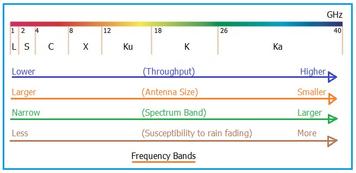Doppler Resolution: Understanding Radar's Velocity Discrimination
Advertisement
This article explains the concept of Doppler Resolution in radar systems, including the formula used to calculate it.
Doppler Resolution refers to the capability of a radar system to distinguish between multiple targets or objects that are situated at the same range (distance from the radar) but are moving at different radial velocities (speeds towards or away from the radar). In simpler terms, it’s how well the radar can “see” the difference in speed between objects at the same distance.
The Doppler resolution is quantified by the following equation:
Where:
- = Radar Doppler Resolution in Hz (Hertz)
- = Look Time in seconds. This is the duration the radar spends observing the target.
The ability to resolve Doppler frequencies hinges on being able to discern when these frequencies differ by at least one cycle over the measurement period. This measurement period corresponds to the “look time,” which is the duration over which the radar signal is collected and processed. Essentially, a longer look time provides finer Doppler resolution, allowing the radar to differentiate between smaller velocity differences.
Advertisement
 RF
RF

